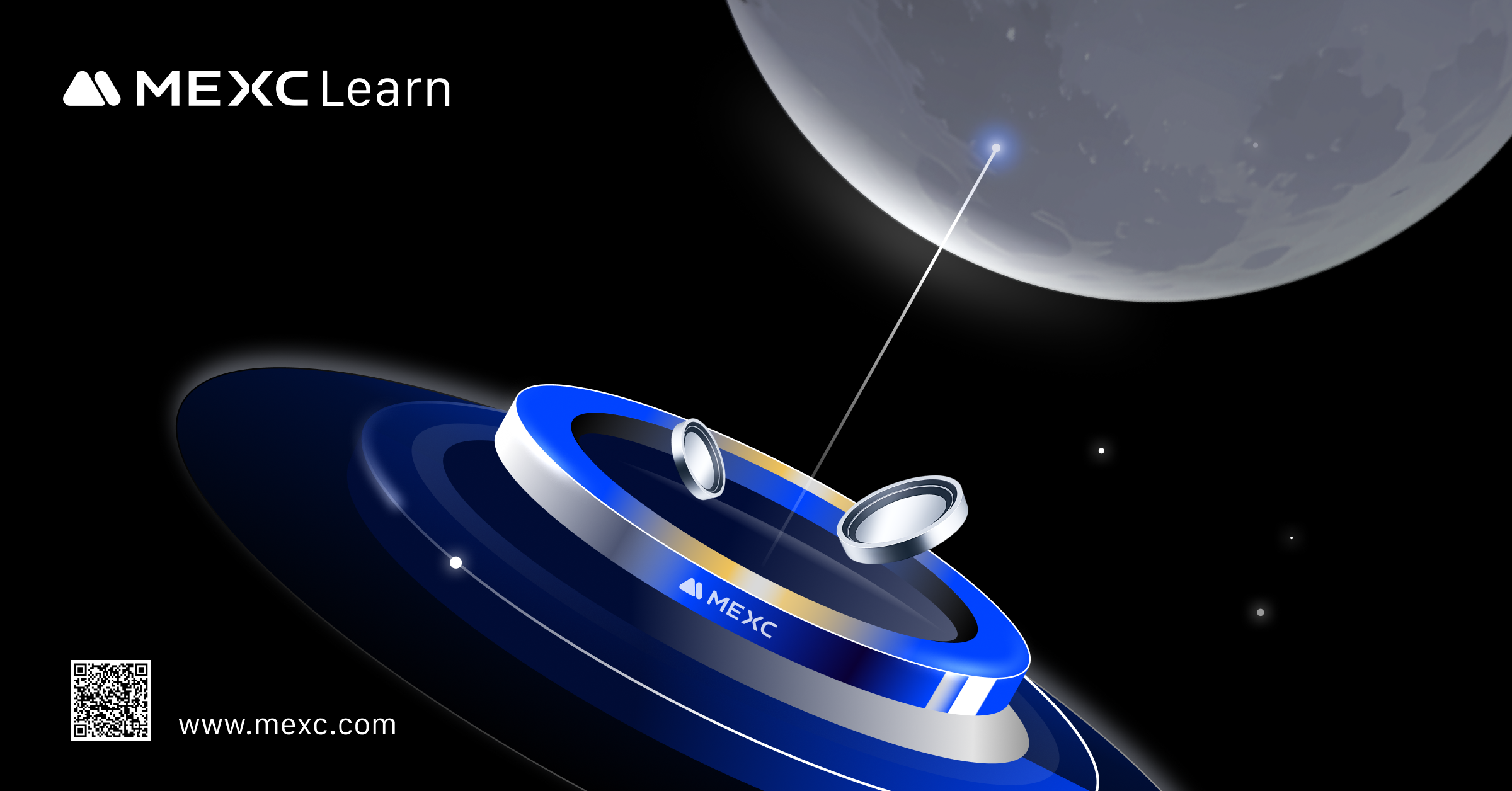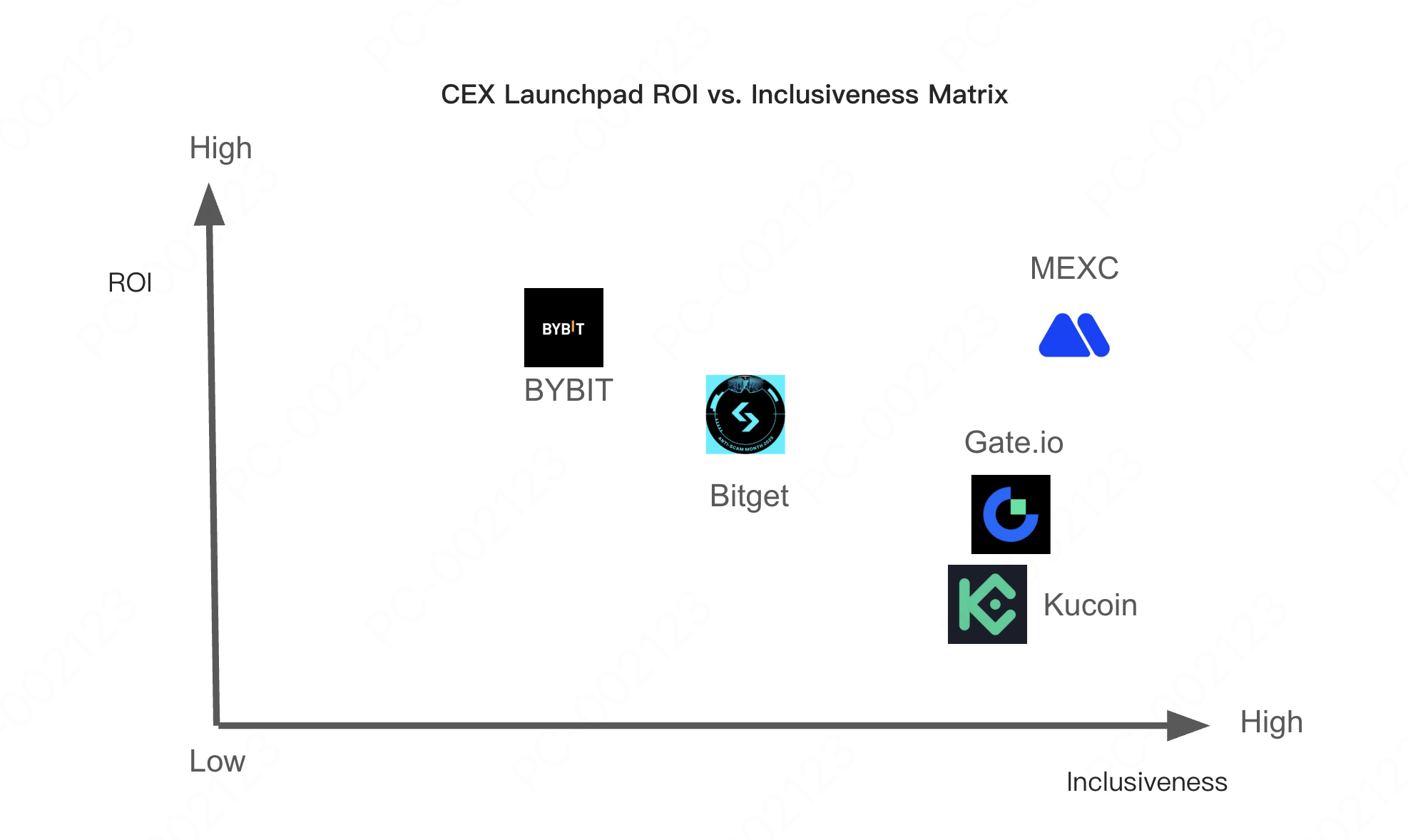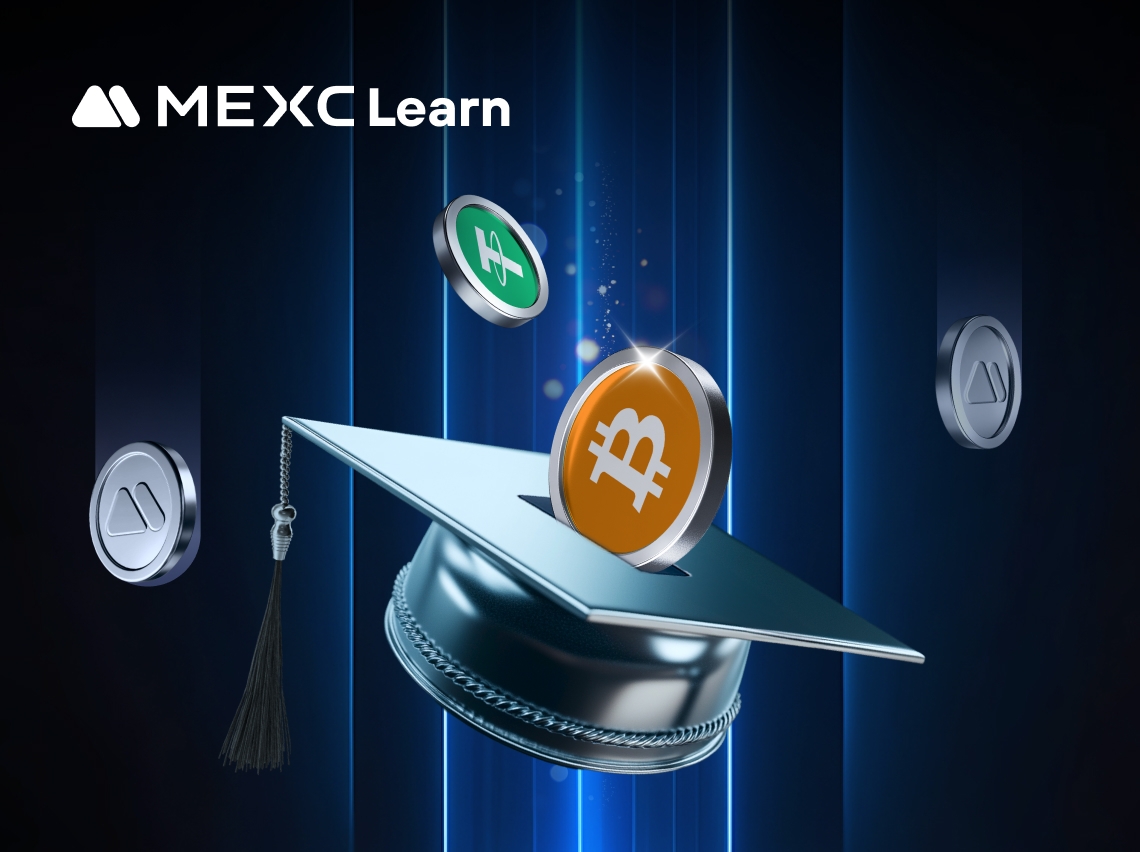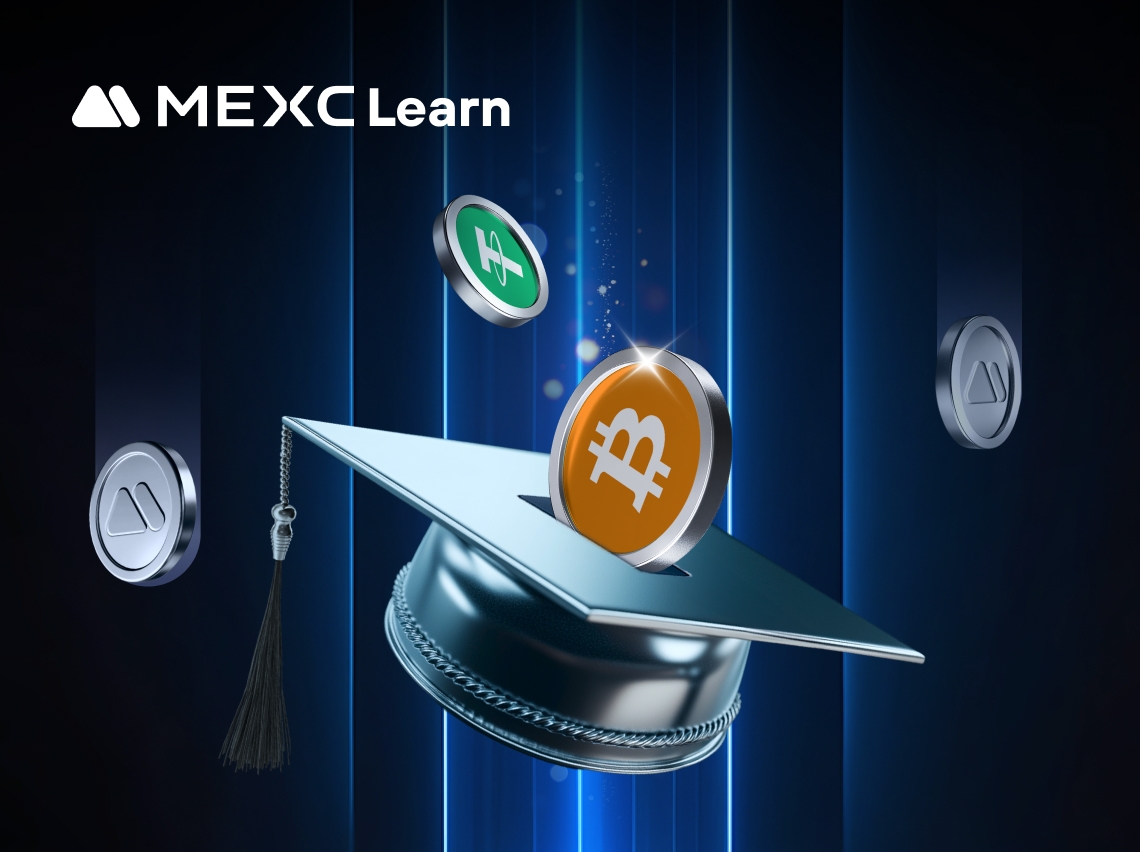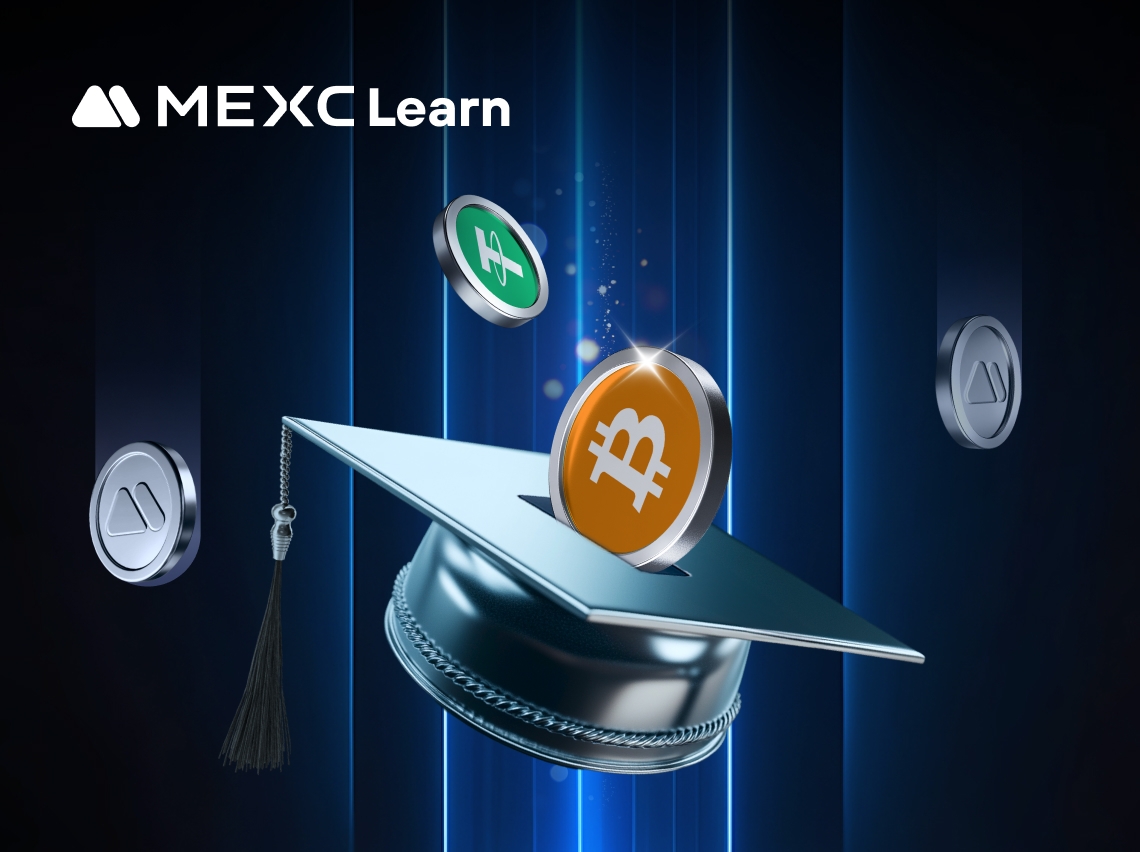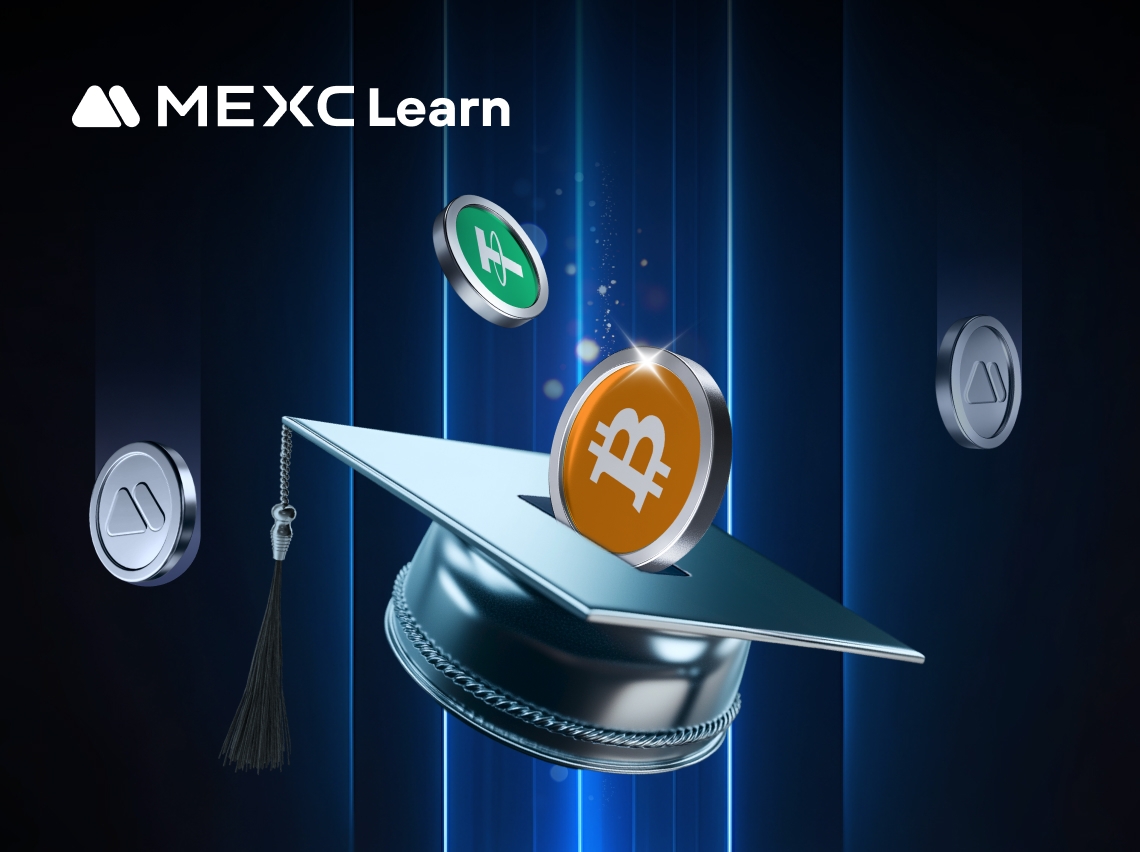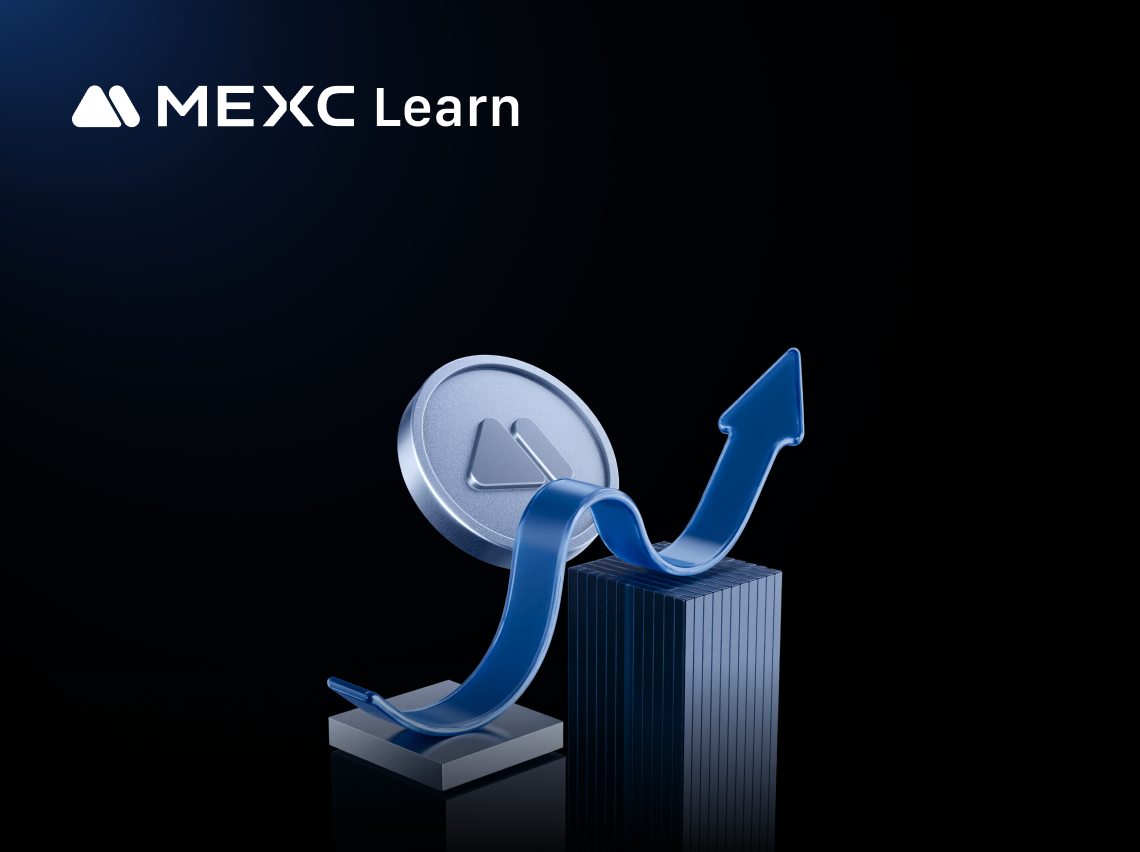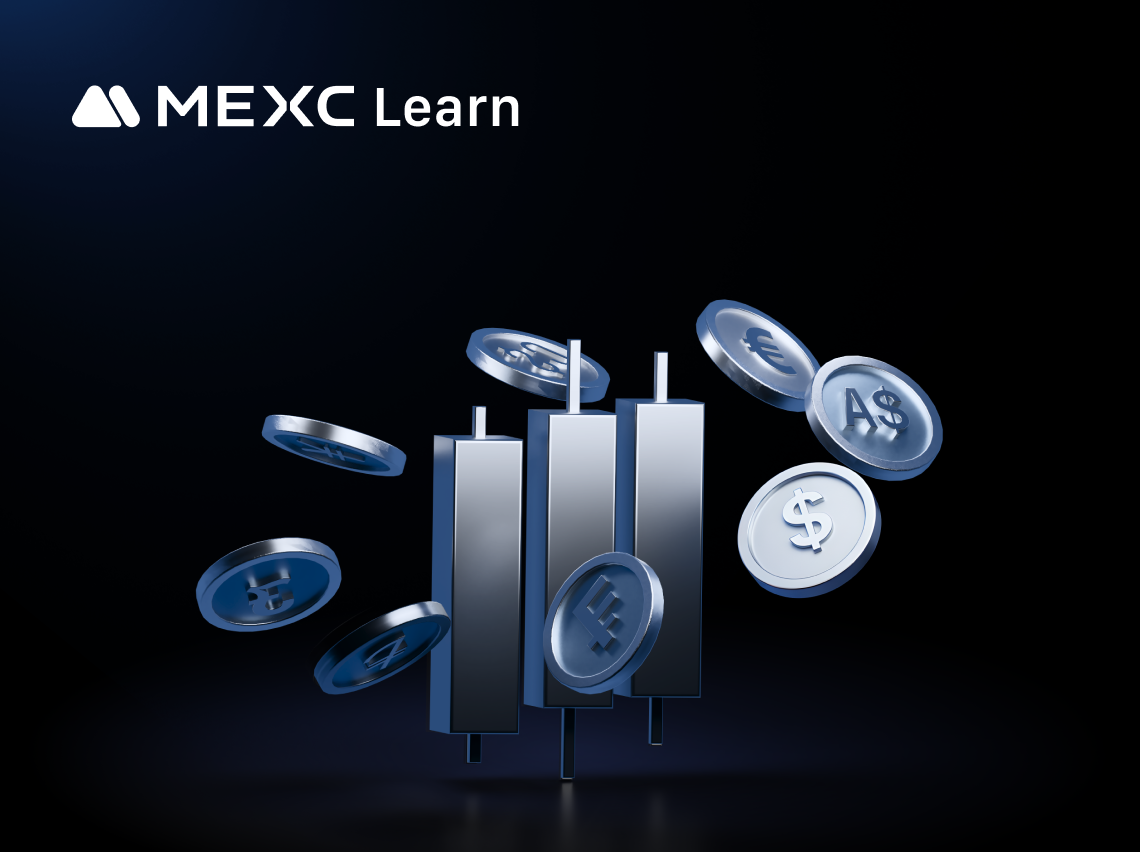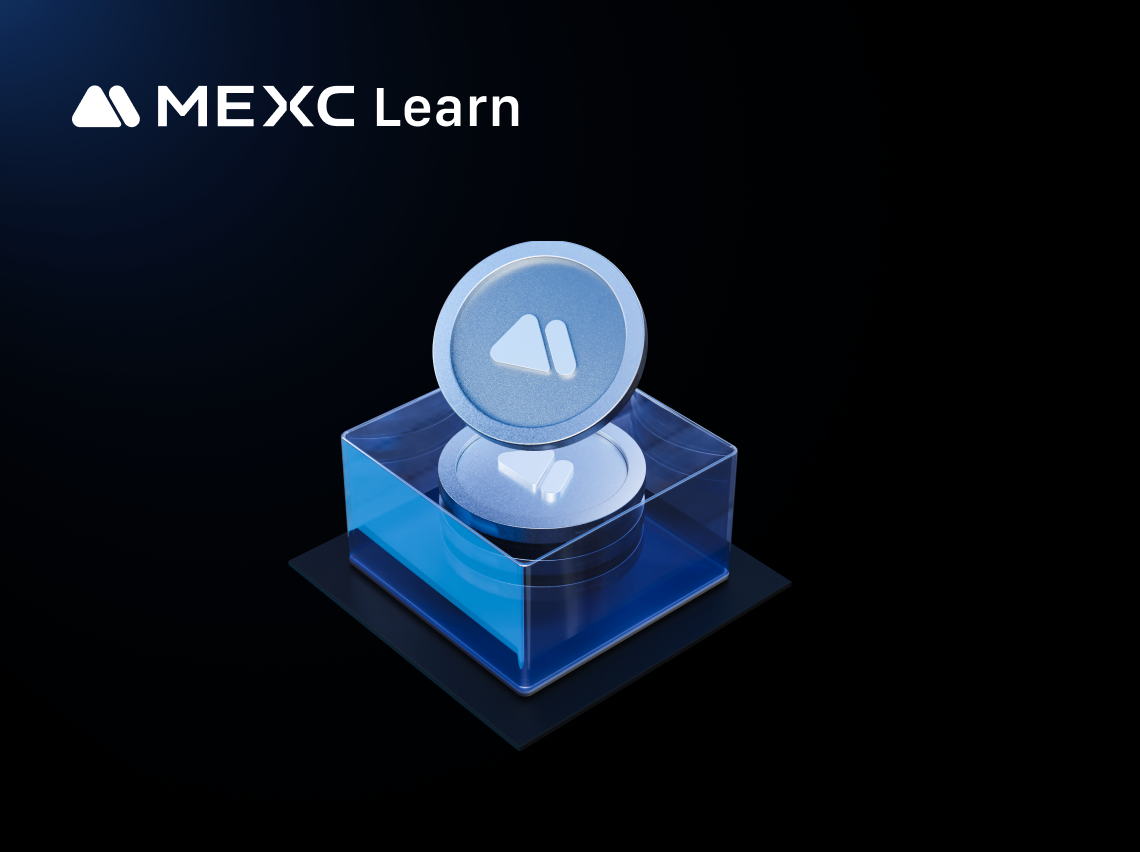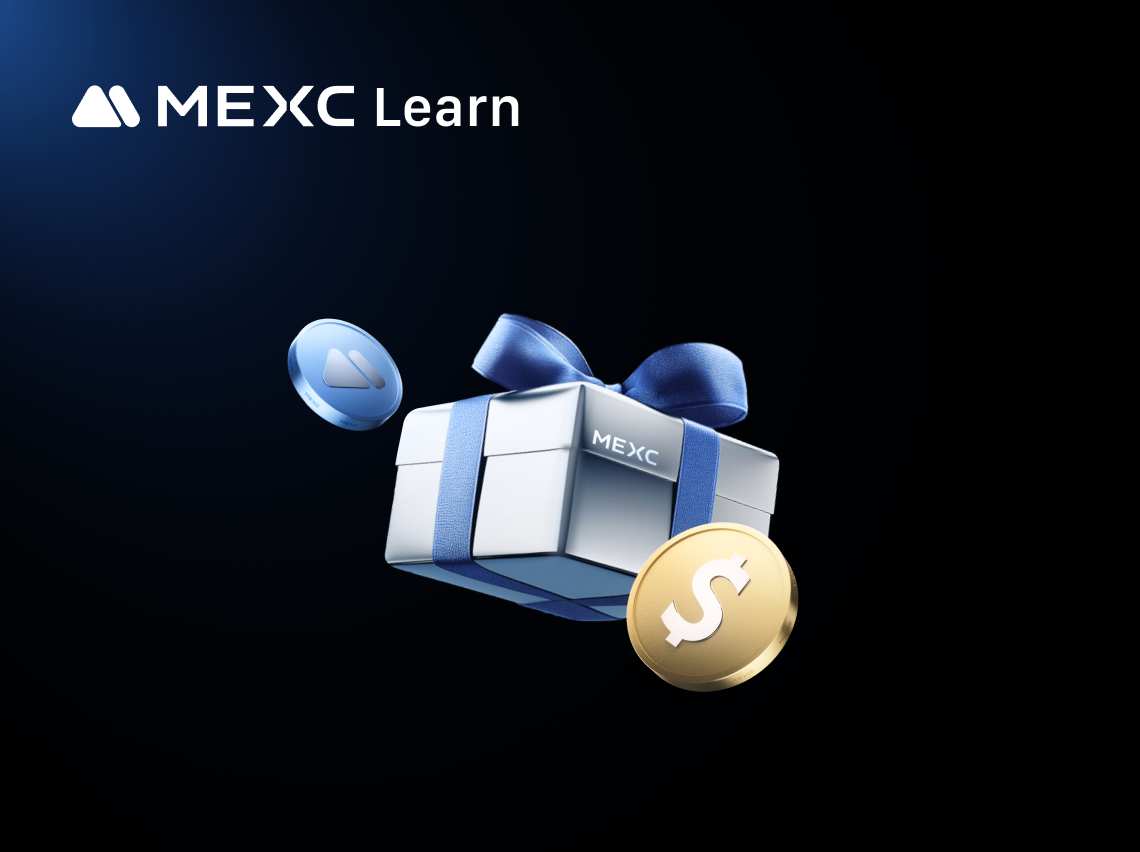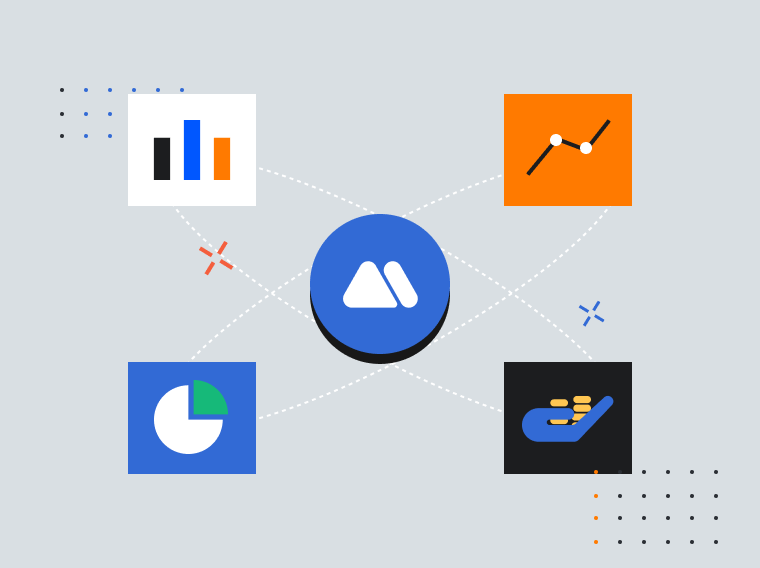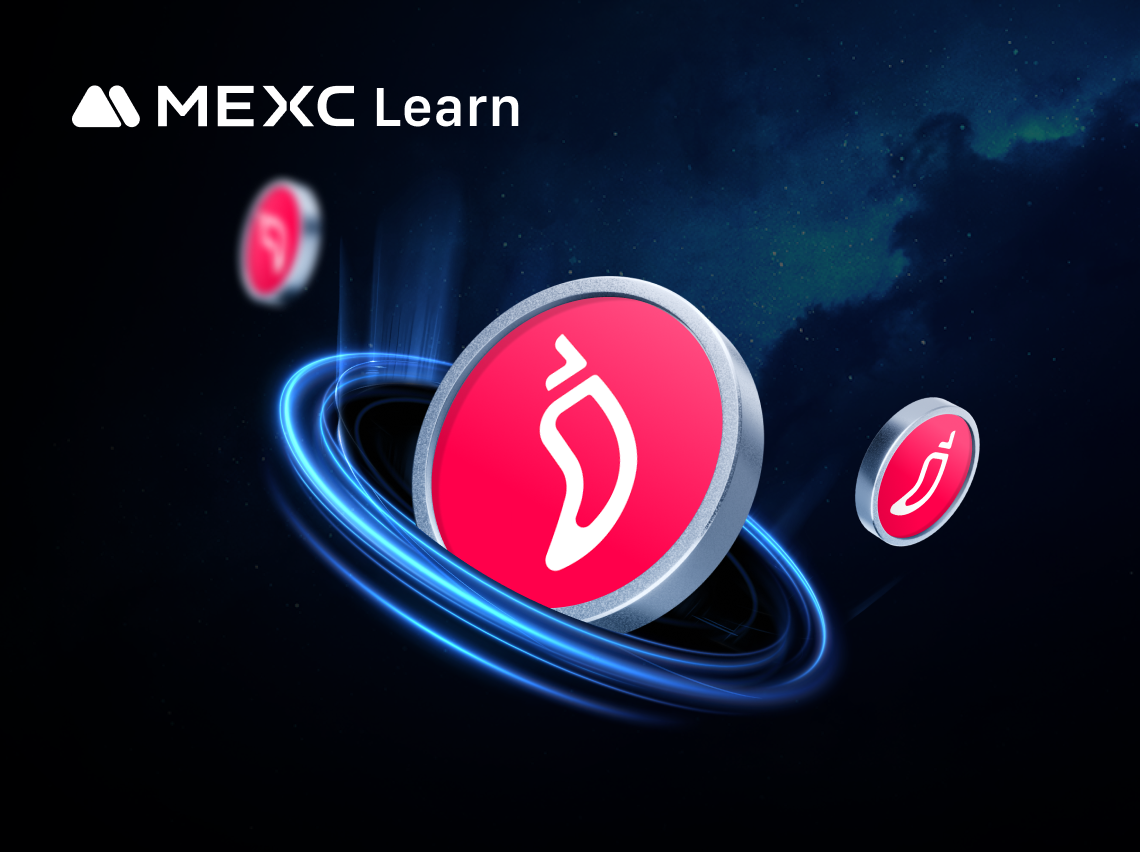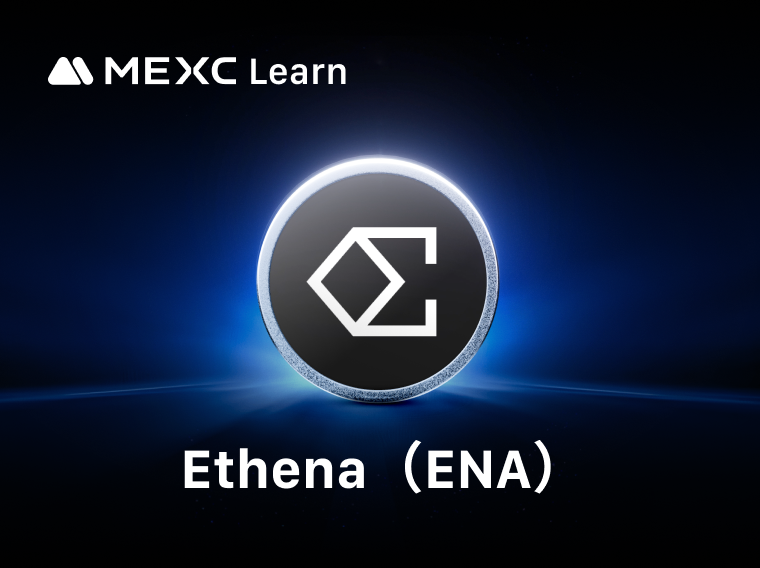As a cornerstone of asset offering, user acquisition, and early-stage community building in the Web3 ecosystem, Launchpads have played a vital role in facilitating project fundraising and user participation. However, the rise of novel Launchpad platforms like pump.fun and Virtuals Launch is challenging the dominance of traditional centralized exchange (CEX) Launchpads.
Amid growing awareness around concepts like "democratic offering" and "fair launch," CEX Launchpads are increasingly criticized for high entry barriers, lack of transparency, and the risk of users becoming exit liquidity.
This article aims to provide a structured analysis of the evolving asset offering models, offering a comparative review of major CEX Launchpads. It also takes a broader perspective to examine the strengths and limitations of both centralized and decentralized (DEX) Launchpad models. Finally, it proposes insights on building a more inclusive, transparent, and efficient Launchpad ecosystem, offering practical reference points for participants across the industry.
The rise of Web3 has fundamentally transformed how assets are issued. In traditional finance, initial public offerings (IPOs) typically require startups to secure funding through institutional investors, a process that is complex, costly, and time-consuming. Retail investors, meanwhile, are usually only able to participate in the secondary market at much higher prices. Web3 disrupts this model by enabling tokenized asset offering, allowing projects to raise capital directly from the public at a lower cost, while offering users early access to promising opportunities.
The first wave of asset offering, Initial Coin Offerings (ICOs), can be traced back to 2013. Ethereum's successful fundraising marked a pivotal moment. ICOs allowed projects to issue tokens globally through smart contracts, dramatically lowering the barrier to capital raising. However, the low entry threshold also gave rise to widespread fraud and scam projects. The high-risk nature of these fundraising models resulted in significant losses for retail investors. Following the 2017 ICO boom, global regulators tightened oversight, and stricter legal frameworks gradually pushed ICOs out of the mainstream fundraising landscape.
To address the chaos of the ICO period, centralized exchanges (CEXs) introduced Initial Exchange Offerings (IEOs) in 2018. IEOs were led by CEX platforms, requiring projects to undergo platform reviews and due diligence. With access to CEX resources, user bases, and brand credibility, fundraising efforts under IEOs saw increased legitimacy. Binance led the way with its Launchpad platform, setting an industry benchmark.
While IEOs helped reduce fraud and improve the user experience, they also introduced new challenges. High entry barriers, opaque centralized decision-making, intensifying competition, and the disappointing performance of some launched projects, marked by early price surges followed by sharp declines, have raised concerns around fairness and long-term sustainability.
With the rise of decentralized finance (DeFi), Initial DEX Offerings (IDOs) emerged as a new asset offering trend in 2020, triggering the DeFi Summer boom. IDOs are conducted via decentralized exchanges (DEXs) such as Uniswap and SushiSwap, or through specialized launchpads like Balancer and Polkastarter. By leveraging smart contracts, IDOs enable automated fundraising and liquidity provisioning. Compared to IEOs, IDOs significantly lower entry barriers for project teams and improve transparency through public on-chain mechanisms. For example, Yearn.Finance successfully completed its fundraising and built a community through an IDO. However, the lightly regulated environment of IDOs also leads to highly uneven project quality. Some platforms lack effective vetting processes, increasing the risks of speculation and fraud.
As the IEO model matured, centralized exchange (CEX) launchpads evolved into more structured and standardized asset offerings systems. These platforms now integrate token offerings, marketing, community-building, and liquidity support, creating stronger engagement between projects and users. To increase their appeal, CEXs have incorporated DeFi mechanisms, launching features like Launchpool (token distribution through staking) and Airdrops (reward-based token distribution), which enhance accessibility and ecosystem diversity. This has further reinforced the central role of CEX launchpads in the asset offering landscape.
In 2024, a new wave of Launchpad platforms such as pump.fun and Virtuals Launch began to emerge, fueling the rise of memecoins and AI agent tokens. These platforms further explore models like "instant offering" and "community-driven" launches, emphasizing rapid deployment and user-led participation in an effort to redefine the democratization of token offering.
However, while these new models enhance accessibility and inclusion, they also introduce significant challenges such as inconsistent project quality and heightened speculative risk.
Amid the rise of Web3, token launches have become a popular strategy for users to gain early access to blockchain projects at relatively low cost. Among various innovative fundraising models, centralized exchange (CEX) Launchpads remain a critical channel, backed by strong liquidity and vast user traffic. Launching on a major CEX offers high visibility and brand credibility by default, helping projects raise funds efficiently while providing users with a valuable opportunity to invest in early-stage tokens.
In this section, we evaluate major exchange Launchpads across four key dimensions: Participation Requirements, Profit Distribution, User Experience, and Project Volume and Quality. This comparison aims to provide investors with a practical reference when selecting Launchpad opportunities.
| Bybit Launchpad | Mexc Launchpad | Gate Launchpad | Bitget LaunchX | Kucoin Spotlight |
Participation Mechanism
| 1)Stake MNT to receive a confirmed allocation 2)Stake USDT to enter the lottery draw
| Stake USDT or designated tokens (e.g. USD1) during the subscription period. Allocation is proportional to the average amount staked, based on hourly snapshots.
| Stake tokens during the subscription period. Allocation is proportional to the amount staked. | Stake tokens during the subscription period. Allocation is proportional to the amount staked.
| 1)Supports both USDT and KCS subscriptions. 2)Users can use KCS from flexible staking (Staking 2.0) directly, no unstaking required. |
Allocation Rules | Snapshot-period token holdings determine both allocation amount and lottery winning chances. | Fixed subscription amount for all participants. No snapshots or lotteries.
| Fixed subscription amount, but snapshot timing may give earlier participants a higher allocation.
| Fixed subscription amount for all participants. | Fixed subscription amount. Allocation is equal across qualified participants. |
Snapshot Period | No | No | Yes | No | No |
Lottery Draw Mechanism | A lottery draw is required when subscribing with tokens other than the platform token MNT. | No | No | No | No |
Discount Availability | No
| Some projects offer discounts (as low as 10% of the original price for new users subscribing with BTC, and 20% off for existing users). | No | No | Users who subscribe using KCS may be eligible for exclusive discounts based on their KCS loyalty tier. |
Platform Token Required | Subscription using the platform token guarantees allocation, while USDT participation requires a lottery draw. | Required | GT or USDT can be used, depending on the specific project. | Some projects only accept BGB for subscription. | Required
|
Funds Withdrawal Flexibility | No | Some projects | No | No | No |
Participation Requirements | 1)To receive a lottery ticket, your average daily holdings of the committed tokens (MNT or USDT) during the snapshot period must meet or exceed the minimum required amount. 2)Your account must meet compliance requirements. | 1)Your account must meet compliance requirements. 2)To participate in discounted subscriptions, you must meet certain holding and trading volume requirements.
| 1)The minimum subscription amount is 1 USDT. 2)The account must meet compliance requirements.
| The account must meet compliance requirements. Sub-accounts and restricted accounts are not eligible to participate in the event. | 1)The account must meet compliance requirements. 2)You must agree to and sign the token sale agreement. |
Number of Launchpad Listings (YTD) | 1
| 5 | 1
| 2
| 1 |
Project ROI (2025 project launches only)
| Project: Xterio ROI: 3.66x Peak ROI: 14.71x | Average ROI: 5.29x Average peak ROI: 10.83x | Project: Puffverse ROI: 0.3x Peak ROI: 1.76x
| Project: WCT ROI: 1.65x Peak ROI: 6.74x
Project: J ROI: 0.28x Peak ROI: 1.95x
| Project: Bombie ROI: 0.12x Peak ROI: 0.55x |
The data in this table and report is primarily sourced from the professional platform CryptoRank and publicly available information on official exchange websites. The evaluation scope is strictly limited to the narrow definition of Launchpad models, platforms where users contribute specific tokens to purchase newly issued tokens. It does not include other token distribution mechanisms such as Launchpools or liquidity mining, ensuring consistency and comparability across the analysis framework.
From a participation threshold perspective, Launchpad platforms across major exchanges exhibit varying degrees of accessibility and entry barriers.
Gate.io Launchpad leads the market with a minimum participation threshold of just 1 USDT, reflecting a high degree of accessibility. KuCoin Spotlight and MEXC Launchpad also maintain low-barrier entry strategies. KuCoin supports participation through both USDT and KCS, while MEXC allows users to subscribe using USDT or other designated tokens in a fair distribution model. However, MEXC's discounted subscription feature requires users to meet certain minimum token holdings and trading volume, which slightly raises the participation threshold. In contrast, Bybit Launchpad adopts a dual-track system that either grants guaranteed allocation through staking platform token MNT or offers a lottery-based chance via USDT, clearly favoring MNT holders and increasing the effective entry barrier. Bitget LaunchX restricts certain projects to BGB-only subscriptions, effectively excluding users who do not hold the platform token.
Overall, the participation mechanisms of Gate, KuCoin, and MEXC are more retail-friendly, while Bybit and Bitget cater more to platform token holders and high-net-worth users.
In terms of profit distribution, both MEXC and KuCoin have implemented various discount mechanisms that return a portion of the platform's revenue to participants through preferential pricing. MEXC and Bitget stand out for their fairer distribution models, while other platforms tend to incentivize platform token holdings or prioritize early participants.
MEXC Launchpad adopts a flat allocation model that offers all users the same maximum allotment, with no lottery or snapshot period requirements, reflecting a higher level of fairness. Qualified users benefit from discounted pricing, effectively sharing in the platform's profits. MEXC also introduced a dual-pool model for new and existing users, allowing new participants to access more favorable subscription pricing and enjoy the same benefits as existing users.
Gate.io Launchpad also uses a flat subscription model, but its snapshot period gives early participants a higher allocation, introducing a time-based differentiation. KuCoin Spotlight maintains basic fairness in its distribution but adds a loyalty discount based on the holding duration of KCS, rewarding long-term platform token holders. Bybit Launchpad, on the other hand, heavily favors platform token holders: users who stake MNT receive guaranteed allocations, while those using USDT can only participate via a lottery.
In terms of user experience, MEXC and KuCoin stand out for their smoother participation process and greater capital flexibility, while OKX, Bybit, and Bitget adopt more complex mechanisms aimed at balancing fairness and ecosystem development, each with a distinct focus.
Gate.io Launchpad employs a snapshot period, which to some extent restricts capital liquidity. MEXC Launchpad opts for a more flexible approach, removing both the snapshot period and lottery mechanism. Some projects even allow real-time withdrawal of committed funds, significantly simplifying participation and improving capital efficiency. Bybit Launchpad uses a lottery system, which enhances fairness in accessing high-demand token sales but increases operational complexity. Users must closely monitor subscription windows and lottery outcomes, with capital locked during key stages. KuCoin Spotlight introduces an innovation by allowing staked KCS to be directly used for token subscriptions without an unstaking period. This streamlines the process and strengthens user loyalty through dedicated discounts for long-term KCS holders. Bitget LaunchX, in some cases, only accepts subscriptions using the platform token, which may help boost token value but adds a barrier for new users by requiring an additional step of acquiring the token, slightly reducing convenience.
As of June 20, 2025, data shows that MEXC Launchpad leads the market in terms of project volume, having launched five projects. This reflects the platform’s strength in sourcing new projects and demonstrates its screening and risk control capabilities. The five projects recorded an average ROI of 5.29x, with the highest reaching 10.83x. Bybit Launchpad’s Xterio project also delivered impressive results, with a 3.66x average ROI and a peak ROI of 14.71x, showcasing the platform's strong judgment in selecting high-potential projects. Bitget LaunchX’s WCT project achieved a 1.65x base ROI and a peak return of 6.74x, also showing solid performance. In comparison, project performance on KuCoin Spotlight and Gate.io has been more conservative.
In summary, Bybit stands out in terms of the quality and potential return of individual projects, while MEXC provides a higher launch frequency and relatively consistent returns. This allows participants to diversify risk and accumulate long-term gains through repeated participation, making it particularly suitable for investors who prefer a progressive investment strategy.
Across all evaluated dimensions, MEXC Launchpad stands out for its low entry threshold, fair allocation model, and user-friendly participation process, making it well-suited for retail users. Gate.io Launchpad similarly offers accessible participation, though its snapshot mechanism may restrict capital flexibility. Bybit Launchpad and KuCoin Spotlight, on the other hand, leverage platform token utility and exclusive discounts to offer a differentiated experience for loyal users. In terms of performance, both MEXC and Bybit Launchpads lead in historical ROI, with strong project quality. MEXC also maintains the highest project launch frequency among the platforms.
For investors, selecting the right Launchpad platform depends on capital size, risk appetite, and token holdings. Retail users with limited funds may prioritize Gate.io and MEXC for their low-barrier entry. Platform token holders can take advantage of the exclusive benefits on Bybit, KuCoin, and Bitget. Those seeking higher returns may consider subscribing to offerings on Bybit and MEXC, especially MEXC's discounted token sales. Looking ahead, platforms that continue to optimize inclusiveness and project quality will create greater value for users.
While centralized exchange (CEX) Launchpads have historically provided access to high-return token offerings, thanks to deep liquidity and large user bases, their structural limitations are becoming increasingly apparent in today’s market environment. These issues not only pose risks to investors but also threaten the credibility and long-term viability of CEX platforms. A systematic reevaluation is urgently needed.
Launchpads were originally designed to provide retail users with access to early-stage tokens at favorable prices. However, some platforms now set token sale prices at overly inflated levels, with fully diluted valuations (FDVs) reaching into the hundreds of millions or even billions of dollars. This has led to skepticism over whether these sales primarily benefit venture capital investors. In many cases, VCs push for high token pricing in public rounds and exit quickly after listing, capturing early profits while leaving retail users exposed. This dynamic deviates from the principle of fair access and undermines user trust.
As user demand for high-profile projects surges, platforms face tough trade-offs in structuring participation. Lottery models, like Bybit's USDT draw, lead to very low success rates and a lack of transparency, raising concerns about fairness. On the other hand, models without limits result in heavily diluted allocations, reducing potential returns for individual users.
With the backing of centralized exchanges, users naturally expect Launchpad projects to be high-potential. However, in bearish market conditions, project screening mechanisms face increasing strain. As secondary market liquidity dries up and trading volumes decline, some platforms may favor projects that generate short-term hype over those with long-term value.
At the same time, financial pressure on project teams intensifies during downturns. To pass listings, some teams exaggerate commitments or overpromise during review. Once tokens go live, development often stalls or teams offload holdings, resulting in frequent post-listing price collapses.
To meet diverse user needs across market cycles, centralized exchanges have expanded beyond traditional Launchpads (where users contribute tokens to purchase new ones) by introducing more dynamic mechanisms. This innovation has given rise to a comprehensive ecosystem that includes Launchpool, airdrops, and other distribution models, broadening fundraising and offering channels for both projects and users. Below is a brief overview of how Binance, OKX, Bitget, MEXC, and Gate.io have structured their token launch systems and how these coordinated mechanisms are reshaping asset offerings.
Binance has developed a multi-tiered token distribution system through Launchpool and Alpha, aiming to address user demand for low-risk participation during bear markets. Launchpool enables users to stake BNB or BUSD in exchange for new tokens, without requiring direct capital outlay, significantly lowering both entry barriers and exposure. This "zero-cost" model is especially appealing during liquidity-tight conditions, offering stable short-term returns (typically around 1–7%) with some pools running as short as two hours, presenting an optimized risk-reward profile.
The Alpha program adopts a points-based model, where users accumulate points through deposits or trading activity. Upon reaching certain thresholds, users receive token airdrops. However, the continuously rising thresholds for Alpha eligibility have sparked increasing user competition, creating a "rat race" dynamic that discourages smaller participants.
OKX Jumpstart combines new token mining and lottery-based subscription mechanisms to build a flexible token distribution system. The token mining model allows users to stake designated assets (such as BTC or OKB) to receive new token airdrops. Each campaign sets specific staking periods and total staking caps, with a higher staking amount leading to a greater proportion of reward tokens.
The lottery-based subscription mechanism limits accessibility due to OKB holding requirements and a reservation process. However, it has delivered strong historical returns, offering high potential rewards to those who secure allocations.
Bitget centers its token distribution strategy around LaunchX, supplemented by Launchpool and PoolX, focusing on issuing assets from promising Web3 projects to meet current bear market demand for emerging sectors. LaunchX is a subscription platform tailored for the Web3 community, allowing users to participate through their BGB or USDT holdings and access early-stage tokens at a discounted price. Launchpool and PoolX offer similar mechanisms, where users can lock designated tokens (such as BTC) to receive airdrops of other tokens. These mechanisms do not have fixed lock-up periods, allowing users to unlock at any time and offering flexible returns. In a bear market, this flexibility appeals to liquidity-conscious investors, although the reliance on BGB may limit accessibility for the broader user base.
MEXC has built a multi-dimensional token distribution framework comprising Launchpad, Launchpool, Airdrop+, and Kickstarter. This structure offers broad user coverage and meets the diverse demands of a bear market. Launchpad features no lottery system and no platform token requirement, with frequent new listings (2–3 projects per week), including both trending tokens and established blue chips, making it suitable for retail users to accumulate assets through high-frequency, discounted participation. Launchpool allows users to stake MX with no threshold and no lock-up period to receive new token airdrops, ensuring asset flexibility. Airdrop+ distributes tokens through small deposits and simple trading tasks. Kickstarter rewards MX holders by offering free allocations of new tokens, enhancing the long-term return potential for platform token holders.
Gate.io has developed a multi-tier token distribution system encompassing Launchpad, Launchpool, and HODLer Airdrop. Launchpad serves as the primary token offering platform, allowing users to participate in early-stage projects through holdings or direct subscriptions. Launchpool functions as a staking-based mining platform, enabling users to stake mainstream assets or platform tokens (such as GT, USDT, or ETH) to receive airdrops from new projects, with no lock-up period required. HODLer Airdrop is tailored to GT holders, granting airdrop rewards across multiple projects simply for holding as little as 1 GT. This low threshold strengthens both accessibility and long-term user engagement.
KuCoin has built a token distribution framework centered around Spotlight and GemPool, catering to user demand for efficient asset utilization and low-cost participation amid the current bear market. Spotlight supports dual-currency subscriptions with USDT and KCS, offering access to early-stage project investments. It also allows participation using funds from KuCoin Earn products without requiring redemption, improving capital efficiency. GemPool enables users to stake KCS, USDT, or other designated tokens to earn rewards from a prize pool, often in combination with completing specific tasks. It offers flexible staking terms, allowing users to stake or withdraw at any time with no lock-up period.
Bybit integrates both Launchpad and Launchpool into its token distribution framework. Launchpad allows participation via MNT or USDT, focusing on early-stage project incubation. However, the lottery mechanism for USDT users introduces randomness, effectively raising the participation barrier for non-platform token holders. Launchpool distributes new tokens through staking designated assets and supports leveraged staking via borrowed tokens, enhancing capital efficiency. Additionally, new users and VIP users benefit from higher staking limits, further incentivizing participation.
After several years of development, the Launchpad landscape has clearly split into two distinct paths. Centralized exchanges (CEXs) and decentralized exchanges (DEXs) now serve different market needs, each with its own set of advantages and limitations.
Comparison | CEX Launchpad (Centralized) | DEX Launchpad (Decentralized) |
Project Selection Mechanism | Strict due diligence; project quality is relatively well-vetted | Virtually no screening (permissionless); project quality varies widely |
Participation Threshold | Relatively high; often requires advanced KYC, platform token holdings, or trading tasks | Extremely low; usually just need to connect a wallet |
Core Fairness | Allocation often dominated by VCs or whales, though platforms like Binance and MEXC implement fairness-enhancing mechanisms | Emphasizes "Fair Launch" with theoretically equal access, but often affected by bots and whales |
Risk & Return | Low risk of rug pulls, but projects tend to have high valuations, limiting early retail ROI | Extremely high risk of rug pulls and token collapse, but potential for 100x–1000x returns |
Key Advantages | Strong platform backing, deep liquidity, integrated marketing and fundraising services | Low barrier to entry, censorship-resistant, community-driven, fast listing |
Key Drawbacks | Centralized control; early investor rounds may compress retail profit potential | Lack of quality control and investor protection; scams are common |
Representative Examples | Bybit Launchpad, OKX Jumpstart, MEXC Launchpad | pump.fun, Virtuals Genesis |
CEX Launchpads are typically operated by major centralized exchanges such as Binance, OKX, Bybit, and MEXC. In this model, platform credibility and liquidity serve as key advantages:
Leading exchanges conduct rigorous due diligence and vetting before onboarding new projects, ensuring a baseline level of quality and legitimacy. These platforms provide token listing access, strong market visibility, and deep liquidity support. For investors, participation is relatively straightforward and secure, while project teams benefit from the trust and exposure that comes with a large exchange listing. Additionally, because the exchange provides the trading venue directly, tokens are typically tradable immediately after subscription, offering instant liquidity.
However, this model also carries structural concerns:
One major issue is inflated valuations and the "institution-first" dynamic. Many CEX Launchpad projects debut with limited circulating supply but extremely high fully diluted valuations (FDV). Early-stage investors and private round participants often acquire tokens at a fraction of the public offering price. As a result, retail users are effectively left absorbing high-valuation tokens with limited upside.
Fair distribution is another persistent challenge. While some exchanges have introduced caps and tiered systems to promote equitable allocations, these efforts often fall short. Large user turnout leads to diluted allocation per user, pushing individuals to chase tokens on the secondary market, often at inflated prices and higher risk.
In response, some platforms have introduced mechanisms to balance access between new and existing users. For example, MEXC Launchpad reserves a portion of each token offering specifically for new users and applies additional discounts. These kinds of measures aim to make token launches more inclusive and equitable.
In summary, CEX Launchpads offer strong institutional support and user reach, but are often criticized for valuation concerns and uneven distribution. Exchanges are under increasing pressure to refine their models, whether by adjusting allocation rules, increasing token circulation, or incentivizing long-term holding, to sustain user participation and trust. Binance has responded by capping allocations and raising float ratios to limit speculation, while MEXC's dual-pool system for new and existing users attempts to improve inclusion. Still, the broader challenge remains: ensuring that retail participants benefit meaningfully and that project valuations return to sustainable levels.
Unlike the gated, curated approach of centralized platforms, DEX-based Launchpads operate more like open testing grounds. Here, virtually anyone can issue a new token permissionlessly on-chain. Common formats include decentralized IDO platforms, smart contract-based Launchpad protocols, and newer tools like "one-click token offering" platforms. The defining feature of this model is the extremely low barrier to entry:
For project creators, there's no exchange approval process. With a simple smart contract template, they can deploy a token and launch a sale directly to the community. Platforms like pump.fun on Solana pioneered this model, allowing users with zero coding knowledge to issue and trade memecoins instantly via an AMM pool. It delivers on the idea of "anyone can launch a token."
For investors, DEX Launchpads offer open, frictionless access. No KYC, no platform token requirements, all that’s needed is a decentralized wallet. Early-stage tokens are usually cheap and abundant, offering outsized returns when market sentiment turns bullish. This high-risk, high-reward dynamic has made DEX Launchpads one of the most grassroots phenomena in the crypto space.
But extreme openness also brings risk and disorder:
The ability for "anyone to issue" leads to a flood of low-quality or outright fraudulent projects. The memecoin wave driven by pump.fun, for example, has seen speculative tokens released en masse, many with no utility, exaggerated marketing, or malicious backdoors. Rug pulls, where developers dump tokens and vanish, are frequent. For retail investors, buying in late often means watching the token collapse to zero. These conditions have earned DEX Launchpads a reputation as "on-chain casinos," where participation often resembles gambling more than investing.
Competition is also intense and often unfair. When hyped projects launch, bots and scripts dominate "MEV bots" and on-chain "snipers" front-run retail users by flooding the mempool with high-gas transactions, leaving most real users behind. This dynamic fuels pump-and-dump behavior and undermines the idea of community-driven participation.
Further complicating the model is the lack of centralized oversight. Without a trusted intermediary, how can users judge the fairness or credibility of a Launchpad? How can open offerings be balanced with investor protection? These remain unresolved questions.
To address some of these risks, certain DEX Launchpads are beginning to implement safeguard mechanisms. pump.fun, for instance, now automatically migrates liquidity to major DEX pools and burns LP tokens when a project hits a certain market cap threshold, reducing the risk of the issuer draining the pool. Still, DEX Launchpads remain in a "wild west" phase: high opportunity matched by high volatility and uncertainty.
In conclusion, CEX and DEX Launchpads are evolving along different trajectories, each catering to distinct user bases and trade-offs. But ultimately, they converge on the same fundamental challenge: building a token offering ecosystem that balances innovation, accessibility, fairness, and sustainability. That future outlook will be the focus of the next section.
To ensure long-term success, Launchpads must continue evolving toward mechanisms that are fairer, smarter, and more sustainable. Based on current industry trends, several key developments are worth watching:
In response to insider advantages and pre-sale monopolies, new token offering models are emerging that emphasize transparency and equal access. One of the most notable is the model pioneered by pump.fun, which introduced a bonding curve-based pricing system. In this model, users can mint tokens directly by contributing capital, with prices increasing gradually based on demand, eliminating allocations for insiders or team discounts.
This mechanism ensures 100% fair launch pricing, where all participants compete under the same market-driven conditions. As the concept of "fair launch" gains traction, more platforms are likely to explore similar innovations, increasing the public allocation ratio, eliminating private rounds, or leveraging algorithmic pricing models to allow everyone to start from the same line.
To address the issues of bot sniping and airdrop hunters, some emerging Launchpads are introducing contribution-linked allocation mechanisms. Under this model, a user's allocation in new projects is determined by their level of contribution to the platform or ecosystem, rather than by speed or capital alone.
A typical example is the Genesis Launch platform launched by Virtuals Protocol. Instead of rewarding users who are simply fast or well-capitalized, the system requires participants to contribute to the ecosystem beforehand to earn points, which then determine their eligibility and allocation in new offerings. Users can earn points through actions such as holding or staking the platform token, investing in related ecosystem projects, or contributing promotional content. To participate in new token offerings, users must stake both points and the platform token, with final allocations determined proportionally based on point rankings. Allocation caps per wallet are also enforced to prevent whales from dominating.
The advantage of contribution-based models lies in encouraging active participation and community-building. Users seeking allocation are more motivated to contribute meaningfully to the ecosystem, creating a positive feedback loop. More platforms may adopt similar point or tiered systems, rewarding users based on metrics like historical trading volume, token holding duration, community engagement, and task completion.
In the long run, this "contribution equals eligibility" approach may help create a healthier token launch environment by directing allocation to loyal users who believe in the project's value, rather than purely speculative participants. It refocuses token offerings on project support rather than short-term profit-seeking.
In response to the rise of decentralized alternatives, centralized exchanges are seeking ways to differentiate their Launchpad offerings. One key direction is enhancing long-term incubation and support across the full project lifecycle. Traditionally, CEX Launchpads have primarily focused on helping projects complete their token offering and initial listing, with subsequent development largely left to the open market.
To build a more robust ecosystem, exchanges are now dedicating more resources to post-launch support. For example, Binance has placed greater emphasis on team strength and long-term vision when selecting Launchpad projects, and may offer equity investment and operational guidance through Binance Labs or other incubation arms. After the token sale, exchanges often continue supporting projects through integration into other product areas such as staking, savings, or joint marketing efforts, helping to expand user adoption and enhance token utility.
This integrated approach, combining fundraising, incubation, and ecosystem support, gives projects greater resilience and reduces the risk of sharp post-launch price volatility. Looking ahead, CEX Launchpads are expected to coordinate more closely with their incubation and strategic investment divisions, creating a closed-loop system that spans project discovery, token offering, and secondary market development. This model can increase user retention and loyalty, while offering projects a more sustainable path within the exchange ecosystem and more stable token performance over time.
Looking back from 2025 at the evolution of token offerings over the past few years, one consistent theme emerges: the ongoing tension between fairness and efficiency, the push and pull between speculation and long-term value, and the divergence between centralized exchanges and decentralized platforms, each path marked by both innovation and growing pains. Despite their differences, the core purpose of Launchpads remains the same: to inject vitality into crypto entrepreneurship and deliver value to investors. This calls for continuous reflection on how to build a more equitable, intelligent, and sustainable token offering model.
Fortunately, early signs of transformation are already taking shape. From the fair launch mechanics of pump.fun to Virtuals' contribution-based allocation, and the growing emphasis on long-term incubation by exchanges, different players across the industry are actively exploring what the next generation of Launchpads might look like. As many have said, the development of the crypto space is ultimately a process of embracing change and evolving through iteration. The Launchpad narrative is no exception. Only by staying aligned with broader trends and pursuing innovation can the ecosystem move toward a smarter and more inclusive future.
With that, we look forward to the day when both centralized and decentralized Launchpads can deliver greater positive impact across the crypto landscape.
Disclaimer: This information does not provide advice on investment, taxation, legal, financial, accounting, or any other related services, nor does it constitute advice to purchase, sell, or hold any assets. MEXC Learn provides information for reference purposes only and does not constitute investment advice. Please ensure you fully understand the risks involved and exercise caution when investing. The platform is not responsible for users' investment decisions.
